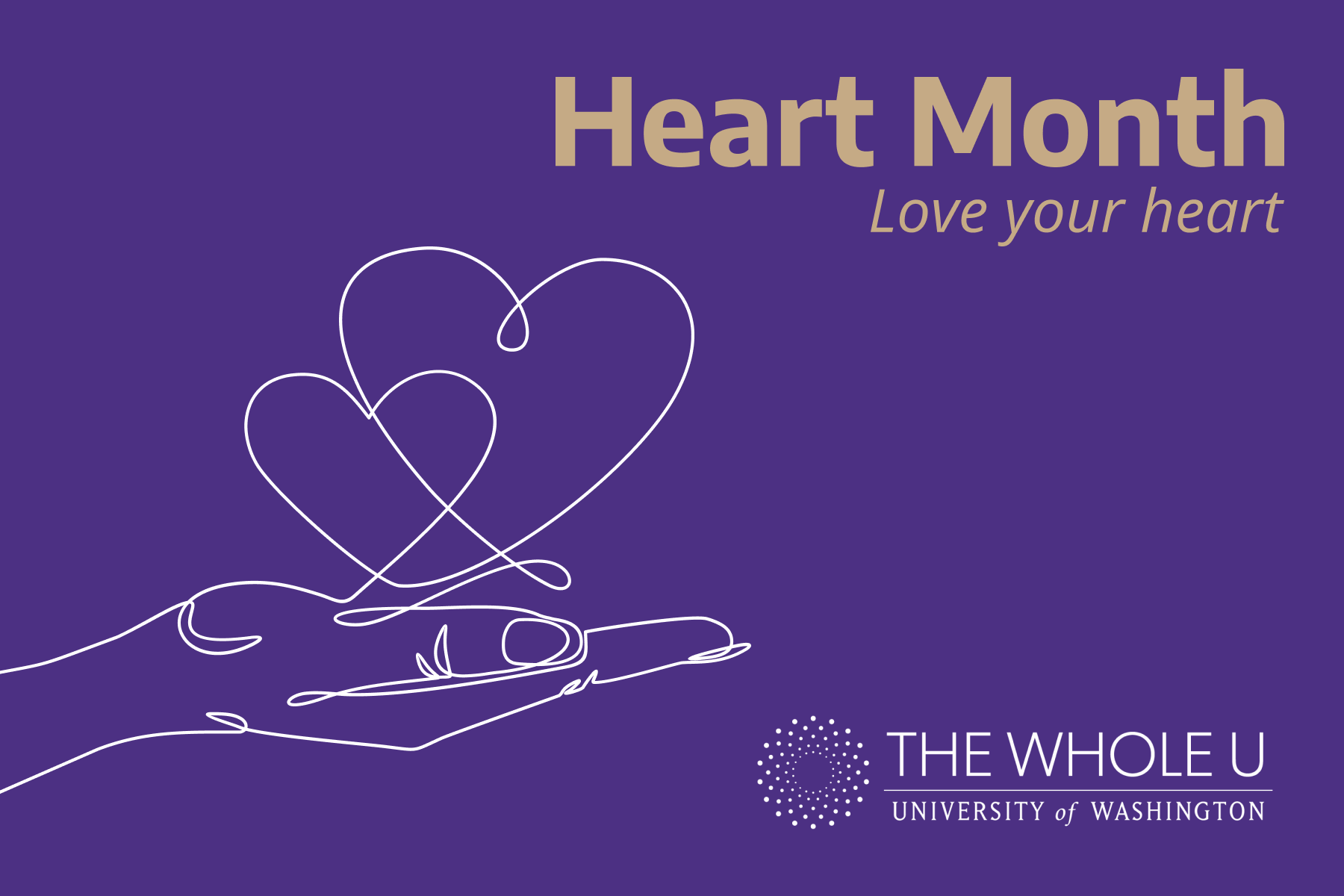
Protect Your Heart with Exercise
Your heart is one of the most important muscles in your body. Just like the muscles in your body, your heart benefits from physical activity. Being physically active is a major step toward good heart health. It is one of the most effective tools for strengthening the heart muscle, keeping your weight under control and warding off the artery damage from high cholesterol, high blood sugar and high blood pressure that can lead to heart attack or stroke.
When it comes to best workouts for heart health, three types of fitness activity are recommended.
Aerobic Activity
Aerobic exercise improves circulation, which results in lowered blood pressure and heart rate. Apart from strengthening your heart and lowering your risk of cardiovascular disease, aerobic activity has also been found to help improve cognitive function, activate your immune system, and improve your mood. In addition, aerobic exercise has also been shown to reduces the risk of type 2 diabetes and helps you control your blood glucose.

How much activity should we engage in?
Ideally, at least 30 minutes a day for 5 days a week has been shown to provide the above positive impacts.
Examples of exercise include brisk walking, running, swimming, cycling, playing tennis and jumping rope.
Start today: Give The Whole U walking and running guides a try. Whether your goal is to finish a 10K or simply move more, these guides will help keep you accountable and create a manageable plan of action. Get set, go!
Resistance/Strength Training
Resistance training has a more specific effect on body composition. This type of activity can help reduce fat and create leaner muscle mass. Research has also shown that a combination of aerobic exercise and resistance work may help raise HDL (good) cholesterol and lower LDL (bad) cholesterol.
When sustained over several years, resistance training leads to an increase in lean muscle mass and a decrease in age-related fat deposition. It has also been shown to lower blood pressure. Whether you opt for bodyweight exercises or throw in a pair of dumbbells, all these benefits make strength training a worthy addition to your weekly rotation.

How much activity should we engage in?
At least two nonconsecutive days per week of resistance training is a good rule of thumb, according to the American College of Sports Medicine.
Examples include working out with free weights (such as hand weights, dumbbells or barbells), on weight machines, with resistance bands or through body-resistance exercises, such as push-ups, squats and chin-ups.
Start today: Join The Whole U Tuesday and Thursday mornings for weight training classes at 6:15 a.m. and 7:15 a.m. These classes are for all ability levels and will give you a full body, strength workout.
Flexibility, Mobility and Balance
While flexibility workouts don’t directly contribute to heart health, they do benefit musculoskeletal health, which enables you to stay flexible and free from joint pain, cramping and other muscular issues. That flexibility is a critical part of being able to maintain aerobic exercise and resistance training.
Maintaining good musculoskeletal foundation can enable you to do exercises that help your heart. As an added bonus, flexibility and balance exercises help maintain stability and prevent falls, which can cause injuries that limit exercise. In other words, flexibility and mobility allow you to keep doing all the other things you love (and relax your nervous system in the process).

How much activity should we engage in?
Every day and before and after other exercise.
Examples include yoga and tai-chi.
Start today: Join The Whole U for a daily fitness class at 11 a.m. that is designed to keep your body moving and well stretched throughout the work day. These 15-minute movement breaks include yoga, barre, and other various stretching movements.
Unable to join a live fitness class on Zoom? You can find a wide variety of recorded exercise and fitness classes on The Whole U YouTube. Attend virtual yoga classes, webinars on exercise science, and more from the comfort of your laptop, phone, or tablet.